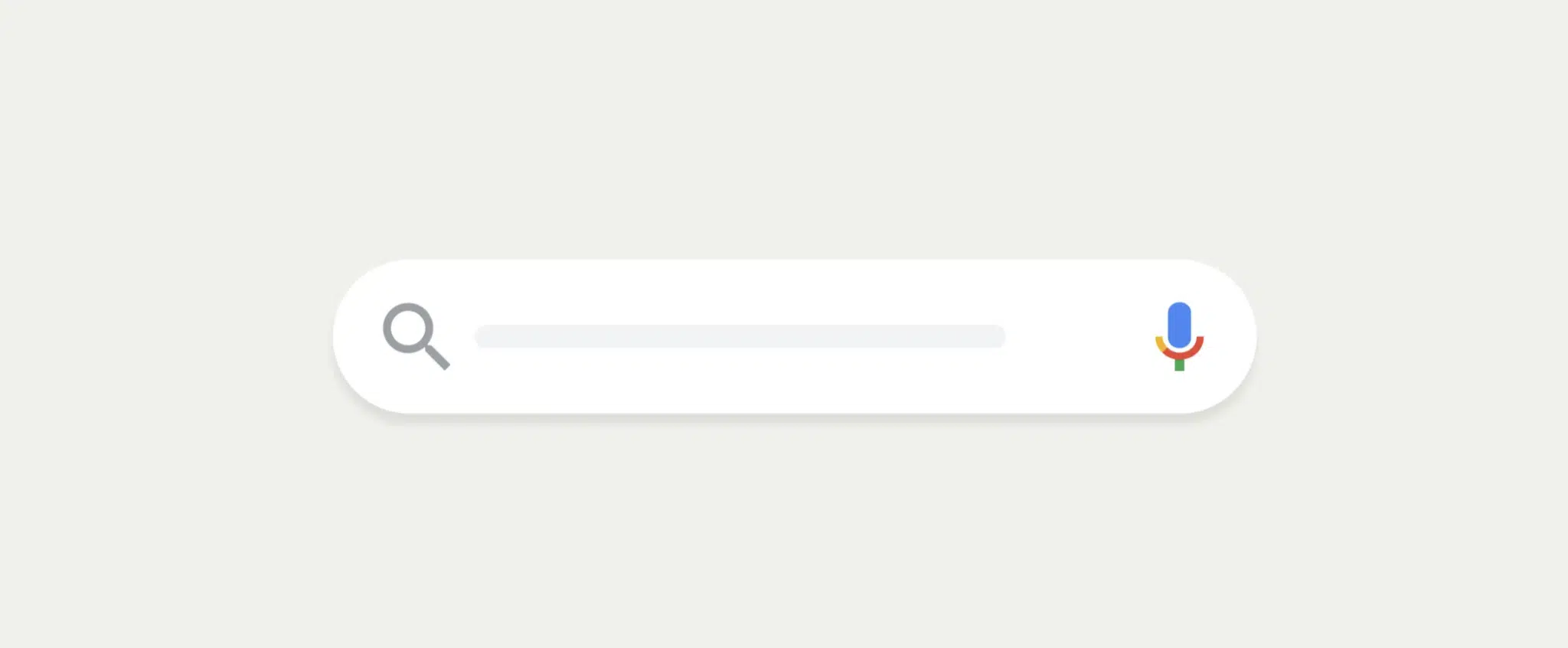Visit SEAAttracting visitors to your site with paid search ads is only the first step. The post-click experience is critical to converting these visitors into customers. Google recently highlighted the importance of effective landing page navigation, emphasizing that well-structured, relevant pages are essential to meeting user expectations and improving the performance of advertising campaigns. So what's the link between landing pages and Google ads? We tell you!
Understanding the role of landing pages in search ads
A landing page is the specific page a user arrives at after clicking on an ad. Unlike generalist landing pages, landing pages are designed to respond to a specific user intent, directly related to the ad content. Their main objective is to guide the user towards a specific action, be it a purchase, registration or request for information.
However, if the landing page doesn't match the user's expectations or if their navigation is complex, this can lead to frustration, a high bounce rate and, ultimately, a lower return on advertising investment.
The consequences of inefficient navigation on landing pages
Imagine a user looking for the login page of an online service. He clicks on an ad that seems to match his query, but lands on a promotional page with no clear link to the login page. Faced with this confusion, the user is likely to go back and look for another solution, which represents a missed opportunity for the advertiser.
This illustrates the importance of intuitive navigation and relevant content on landing pages. A recent case study showed that companies who improved the navigation of their landing pages saw a 20% increase in their conversion rate, demonstrating the direct impact of good page structure on sales performance.
Best practices for optimizing the navigation of your landing pages
To maximize the effectiveness of your landing pages, it's essential to follow certain recommendations:
-
Alignment between ad and landing page Make sure that the content of your landing page corresponds exactly to the promise of your ad. If your ad offers a specific promotion, the landing page should highlight this offer clearly and prominently.
-
Simple, clear navigation Avoid complex or overloaded menus. Streamlined navigation allows users to quickly find the information or action they're looking for.
-
Visible and relevant calls to action (CTA) Place action buttons or links prominently, encouraging the user to perform the desired action. For example, a "Sign up now" or "Take advantage of offer" button should be easily accessible.
-
Optimized loading time A slow-loading page can discourage visitors. Optimize images and code to ensure fast loading times.
-
Mobile compatibility With smartphone use on the rise, make sure your landing pages are fully responsive and offer an optimal user experience on all types of device.
-
Regular testing and analysis Use analytics to monitor user behavior on your pages, and perform A/B tests to identify which elements work best.
The impact of Google updates on landing pages
Google has recently developed a new prediction model to more accurately assess the quality of the navigation experience on search ad landing pages. This initiative aims to reduce the number of ads leading to unexpected or difficult-to-navigate destinations, thus improving the overall user experience on the search engine.
For advertisers, this means that landing pages must not only be relevant, but also offer fluid, intuitive navigation. Poorly designed or misleading pages risk reduced visibility, negatively impacting the performance of advertising campaigns.
Case study : Transforming a landing page for better performance
Let's take the example of an e-commerce company specializing in sporting goods. Initially, its search ads redirected users to the site's home page, forcing them to navigate manually to find the specific products mentioned in the ad. This approach led to a low conversion rate and numerous page abandonments.
After analysis, the company decided to create dedicated landing pages for each product category promoted in its ads. Each page featured :
-
A clear title Corresponds exactly to the product or promotion mentioned in the ad.
-
Relevant images Showing the products in question from different angles.
-
A concise description The main advantages and features of the product.
-
A visible call-to-action button Such as "Buy now" or "Add to cart".
-
Simplified navigation links : Allows you to consult similar products or complementary accessories.
After implementing these new landing pages, the company observed a 35% increase in its conversion rate and a significant decrease in bounce rate. This transformation not only improved the user experience, but also maximized the return on investment of advertising campaigns.
Summary table of key elements for an effective landing page
| Key element | Importance | Best practices |
|---|---|---|
| Ad alignment | Essential | Make sure that the page corresponds exactly to the ad message. |
| Simplified navigation | Review | Avoid complex menus and favor a clear structure. |
| Visible call to action (CTA) | Vital | Place a clear, accessible CTA on the first screen. |
| Optimized loading time | Indispensable | Reduce image size and use high-performance hosting. |
| Mobile compatibility | Priority | Adopt a responsive design and test it on different devices. |
| Testing and performance monitoring | Strategic | Set up A/B tests and monitor KPIs (conversion rate, bounce rate, etc.). |
How Google is strengthening its control over the user experience of SEA ads
Google continues to refine its algorithm and ad quality requirements. Landing page navigation is becoming an increasingly scrutinized criterion. In other words, advertisers must now ensure that their pages are intuitive and efficient, or risk seeing their ads penalized.
Google puts user experience first
With this update, Google is reinforcing its main objective: to offer users a smooth and satisfying experience. Landing pages that are poorly designed, too slow or don't clearly respond to search intent will see their quality score drop, directly impacting the visibility and cost per click of SEA ads.
A direct impact on Quality Score and campaign performance
Quality Score is a key element in the performance of Google Ads campaigns. It is calculated according to three main criteria:
- Expected click-through rate (estimated CTR)
- Ad relevance
- Landing page experience
From now on, if navigation is deemed unintuitive, this can lead to a drop in Quality Score and therefore an increase in the cost of advertising campaigns. It is therefore crucial to optimize your pages to guarantee better positioning and lower costs.
Concrete steps to improve the navigation of your ATS pages
- Analyze your current pages Use tools such as Google Analytics, Google Search Console and heatmaps (Hotjar, Microsoft Clarity) to identify friction points.
- Test different versions of your page Run A/B tests to assess which versions convert best.
- Improve loading speed : Reduce image size, use a CDN and optimize your site's code.
- Clarify your CTAs They must be visible, engaging and strategically placed on the page.
- Make your pages mobile-friendly Check that navigation is smooth on all screens.
- Monitor key KPIs Track conversion rate, bounce rate and time spent on page to continuously adjust your optimizations.
Conclusion: An opportunity for proactive advertisers
With these new requirements from Google, advertisers who take the initiative to optimize their landing pages will see significant benefits. Not only will their conversion rates increase, but their advertising costs may also decrease thanks to an improved Quality Score.
Rather than a constraint, this update should be seen as an opportunity to improve the profitability of your SEA campaigns and deliver a better user experience. Implement these best practices today, and make sure your landing pages are ready to meet Google's requirements!
If you'd like to go further in optimizing your SEA campaigns, our team at Daware.io is available to support you. Contact us here to discuss your requirements. Don't hesitate to contact us for an analysis of your campaigns and tailor-made recommendations!

